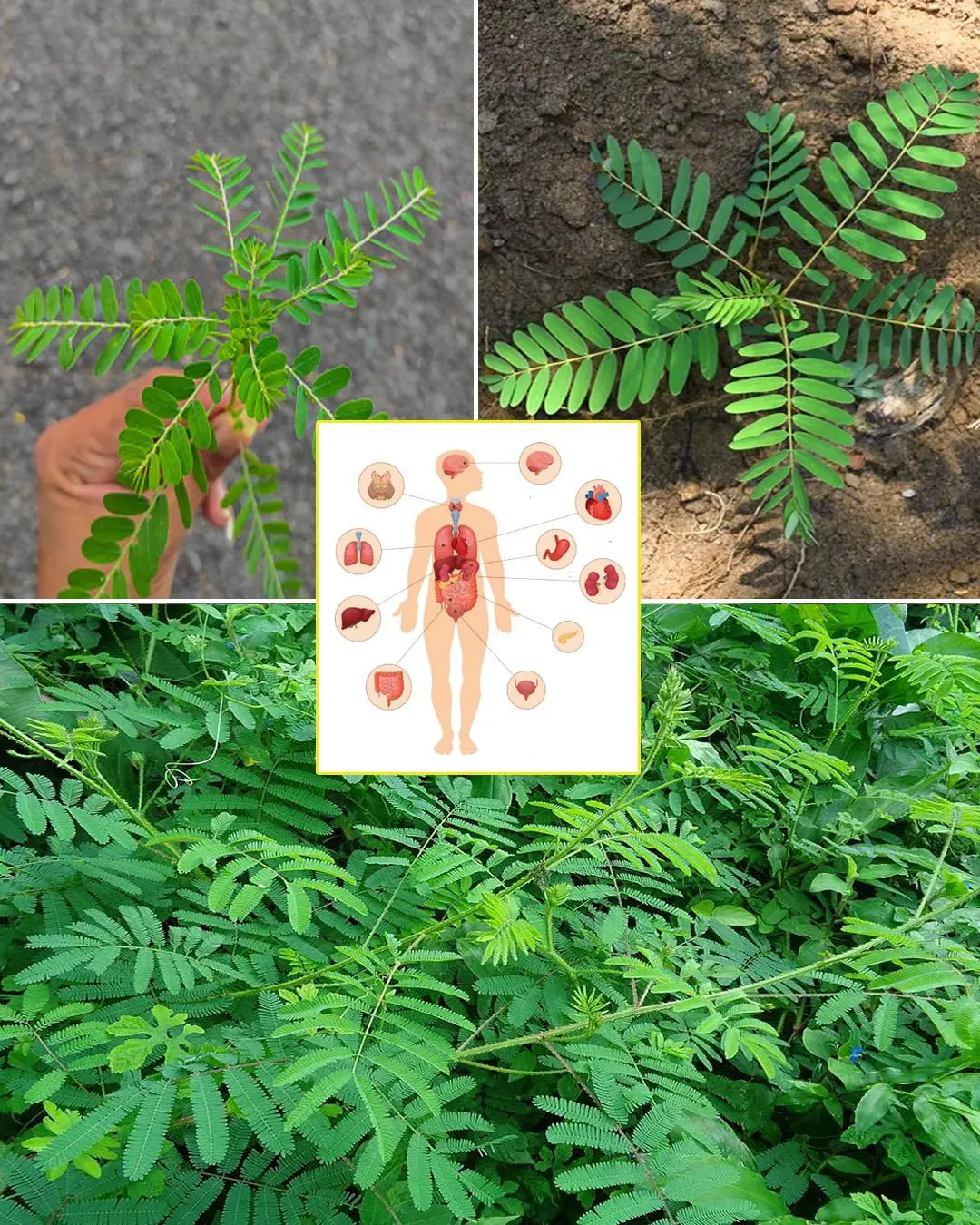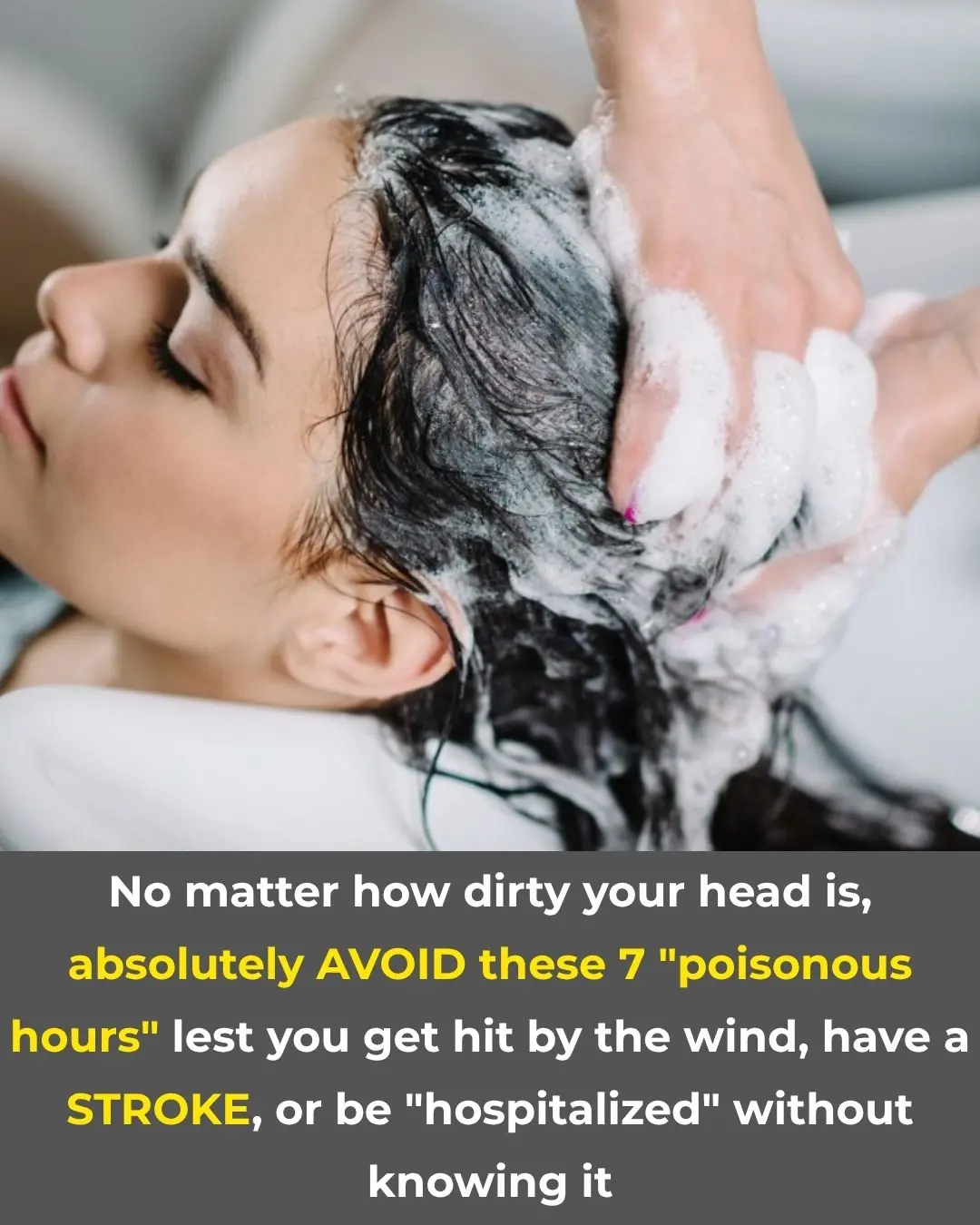
3 Common Mistakes When Using Plastic Wrap That Can Cause Cancer and Are Often Made by Many People
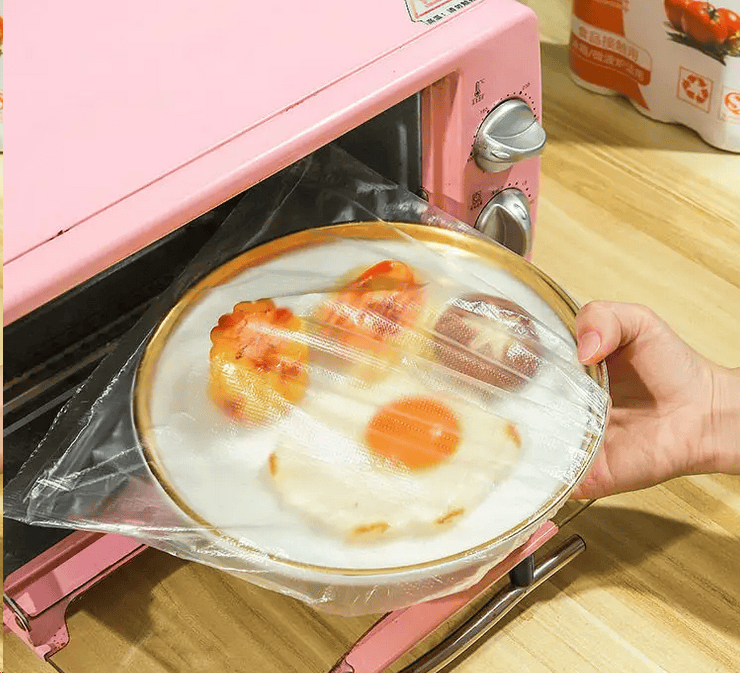
Almost every household uses plastic wrap to preserve food. However, using plastic wrap in the following three ways can unknowingly introduce harmful chemicals into your body, increasing the risk of disease and even cancer.
What is Plastic Wrap Made From?
Plastic wraps are usually made from types of plastic such as polyethylene (PE), polyvinyl chloride (PVC), or polyvinylidene chloride (PVDC). Some plastic wraps also contain additives to enhance properties like adhesion, resistance to oxidation, and durability.
Despite its convenience, plastic wrap carries potential health risks, especially when used incorrectly. Improper use can increase the migration of chemicals from the wrap into the food, which over time may harm your health and raise the risk of cancer.
1. Three Common Mistakes When Using Plastic Wrap That Could Harm Your Health
Below are three frequent errors people make when using plastic wrap that may lead to illness, including cancer, but are often overlooked.
Mistake 1: Reusing Plastic Wrap
Some people reuse plastic wrap to save money or reduce environmental waste. However, many do not realize that countless invisible bacteria exist even inside refrigerators. If the wrap is reused too long, food can easily become contaminated, posing a food safety risk.
Moreover, reusing plastic wrap can cause toxic chemicals to leach into the food. Prolonged exposure to these chemicals can lead to many diseases, including various types of cancer.
Mistake 2: Using Plastic Wrap to Steam or Reheat Food
Most plastic wraps available on the market are made from food-grade polyethylene (PE), which is generally stable and safe under normal conditions. However, PE’s melting point is not very high. When heated for too long, the plastic wrap can soften, deform, or even melt.
If you reheat food at high temperatures while wrapped in PE plastic wrap, it may melt and stick to the food, releasing harmful substances. These chemicals can accumulate in the body over time, increasing the risk of cancer and other health problems.
Mistake 3: Using Low-Quality Plastic Wrap
Using plastic wraps with high levels of DEHA (Diethylhexyl Adipate), a plasticizer, can cause adverse health effects. These include reproductive issues, developmental problems, liver toxicity, and an increased risk of cancer.
Therefore, choosing the right type of plastic wrap is crucial for your health.
Which Type of Plastic Wrap Should You Use?
As mentioned, plastic wraps are commonly made from PVC, PE, or PVDC. Among these:
-
PVC wraps are the most controversial. They contain polyvinyl chloride, and large amounts of plasticizers are added to increase flexibility. Though inexpensive, PVC wraps have lower safety standards and can release harmful chemicals.
-
PE wraps are relatively safer but should be limited at high temperatures due to their low melting point.
-
PVDC wraps are the safest option. Made from polyvinylidene chloride, they offer excellent barrier properties against moisture and gases, and have strong chemical resistance. Although more expensive, PVDC wraps are ideal for wrapping cooked foods safely.
2. Five Important Tips for Safe Use of Plastic Wrap
To ensure safety while using plastic wrap, keep these five points in mind:
-
Avoid direct contact with food: When wrapping cooked food or leftovers, avoid letting the plastic wrap touch the food directly. It’s best to leave a gap of at least 2 cm to reduce chemical migration.
-
Avoid using PVC or PE wrap for hot, oily, or cooked foods: For these types of food, use PVDC wrap or containers designed for food storage to prevent harmful chemical release.
-
Control the usage time: Plastic wrap is meant for short-term preservation, not long-term storage. It is recommended to keep the food wrapped for no more than 12 hours.
-
Not all foods are suitable for plastic wrap storage: For example, bananas and tomatoes emit ethylene gas during ripening, which speeds up spoilage. Wrapping these foods tightly can accelerate their decay and cause nutrient loss, especially vitamin C.
-
Avoid low-quality wraps: Do not use wraps that emit a strong chemical smell, feel sticky, are thin and easily torn, lack transparency, or have uneven coloration or spots.
Additional Notes:
Long-term exposure to toxic substances from plastic wraps may accumulate silently in the body, causing chronic diseases beyond cancer, such as hormonal disruptions and liver problems. Therefore, being aware of how to use plastic wrap properly is a simple yet crucial step to protect your health.
News in the same category

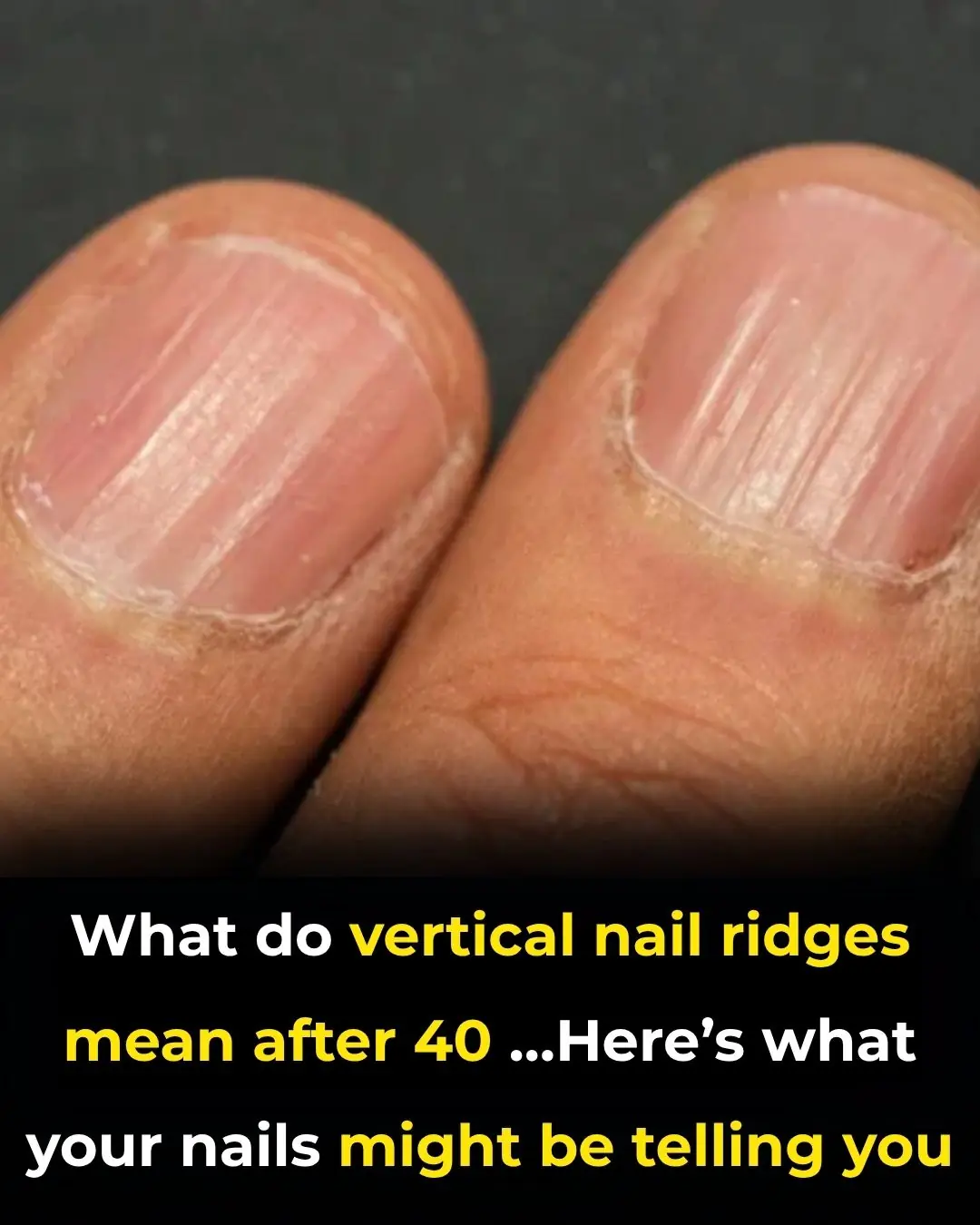
What Do Vertical Nail Ridges Mean After 40
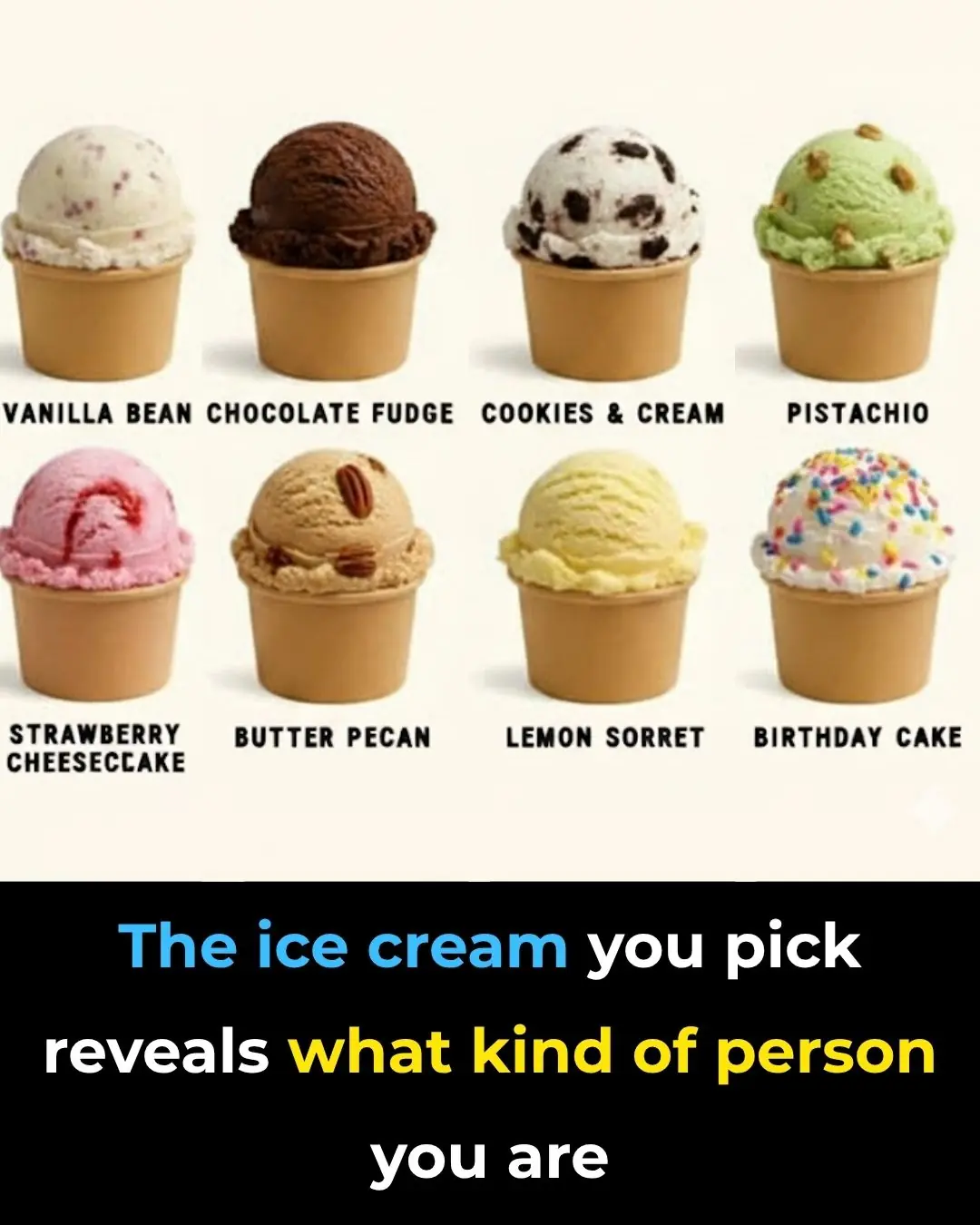
What Your Favorite Ice Cream Flavor Says About You
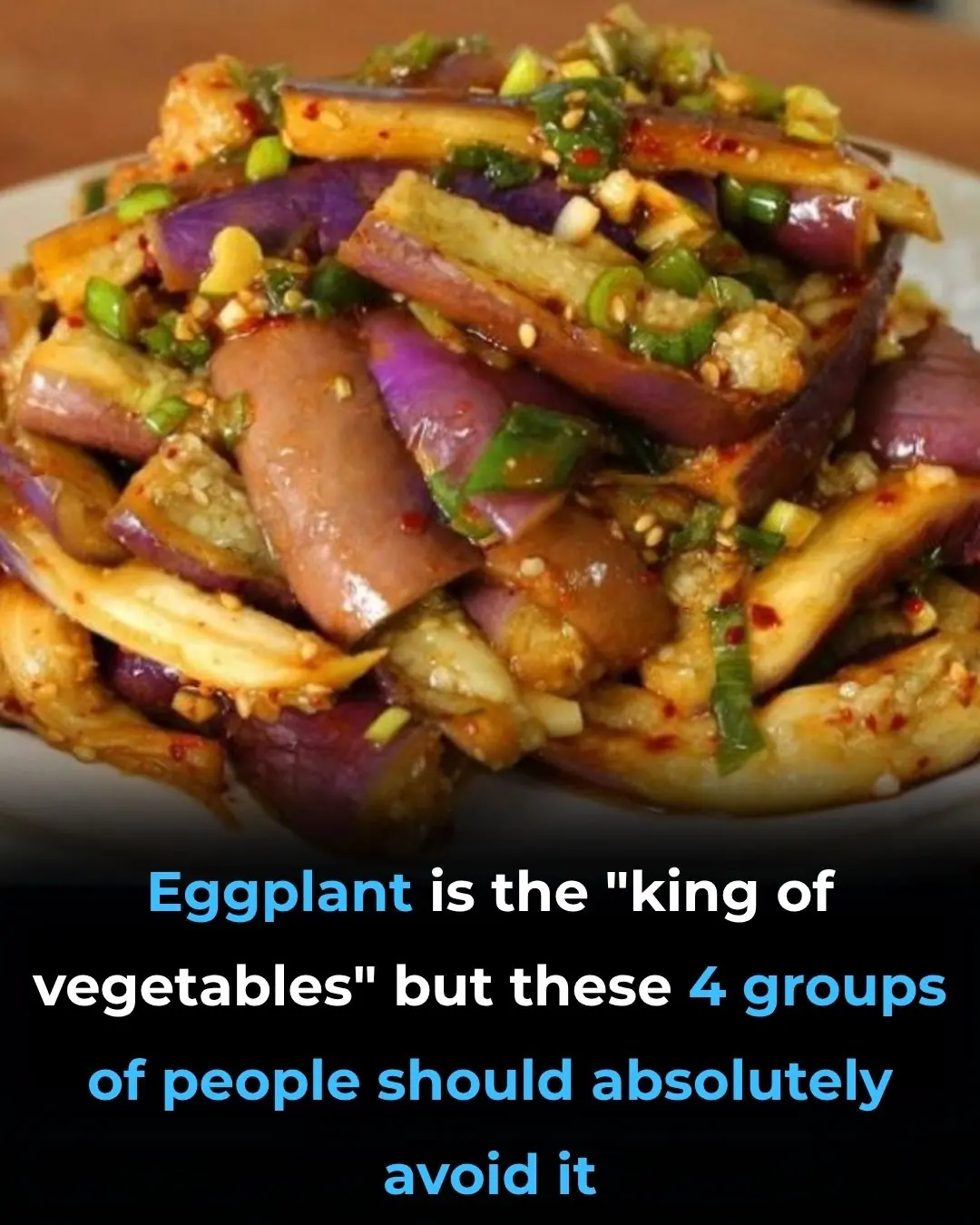
Eggplant The King of Vegetables
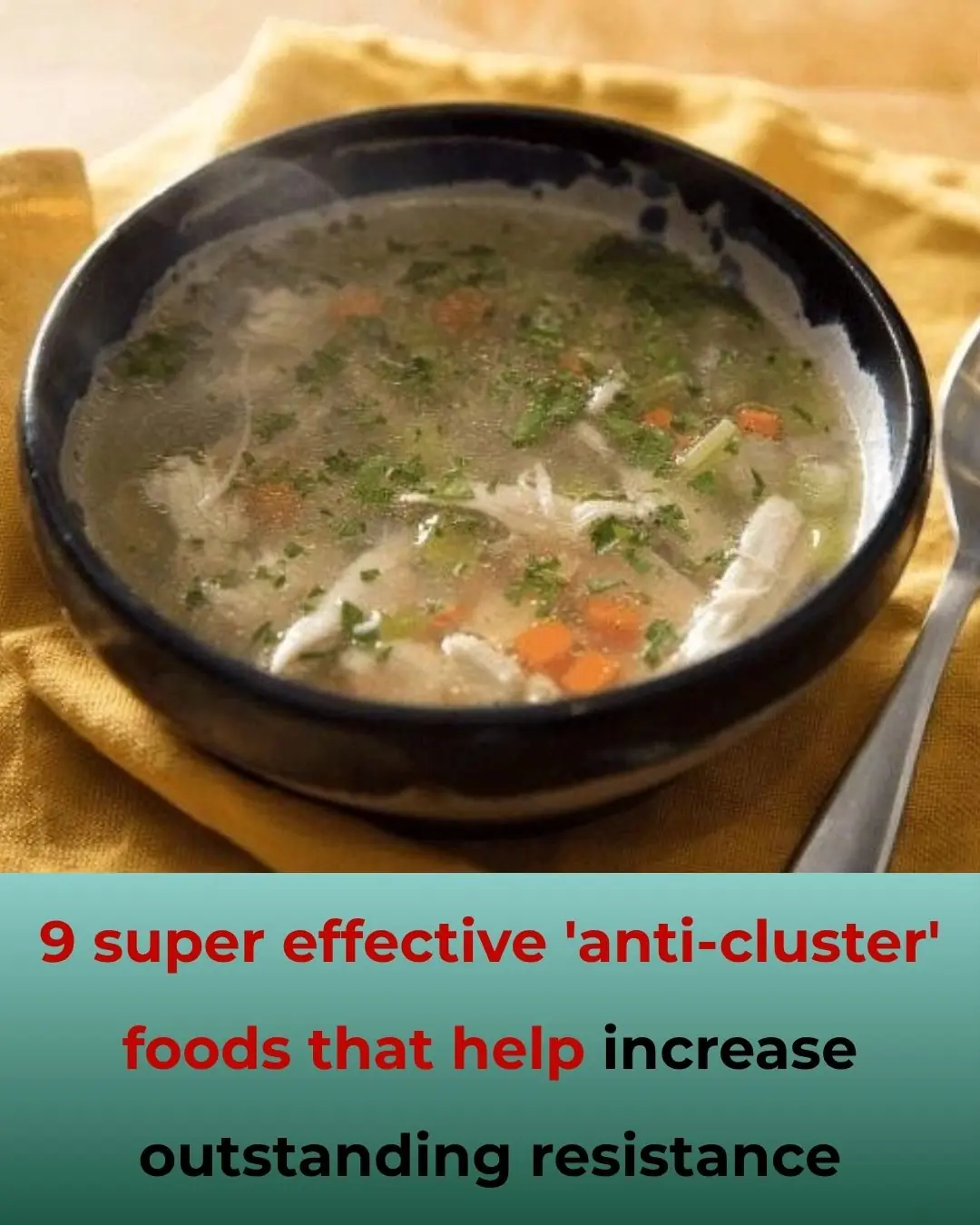
9 super effective 'anti-cluster' foods that help increase outstanding resistance
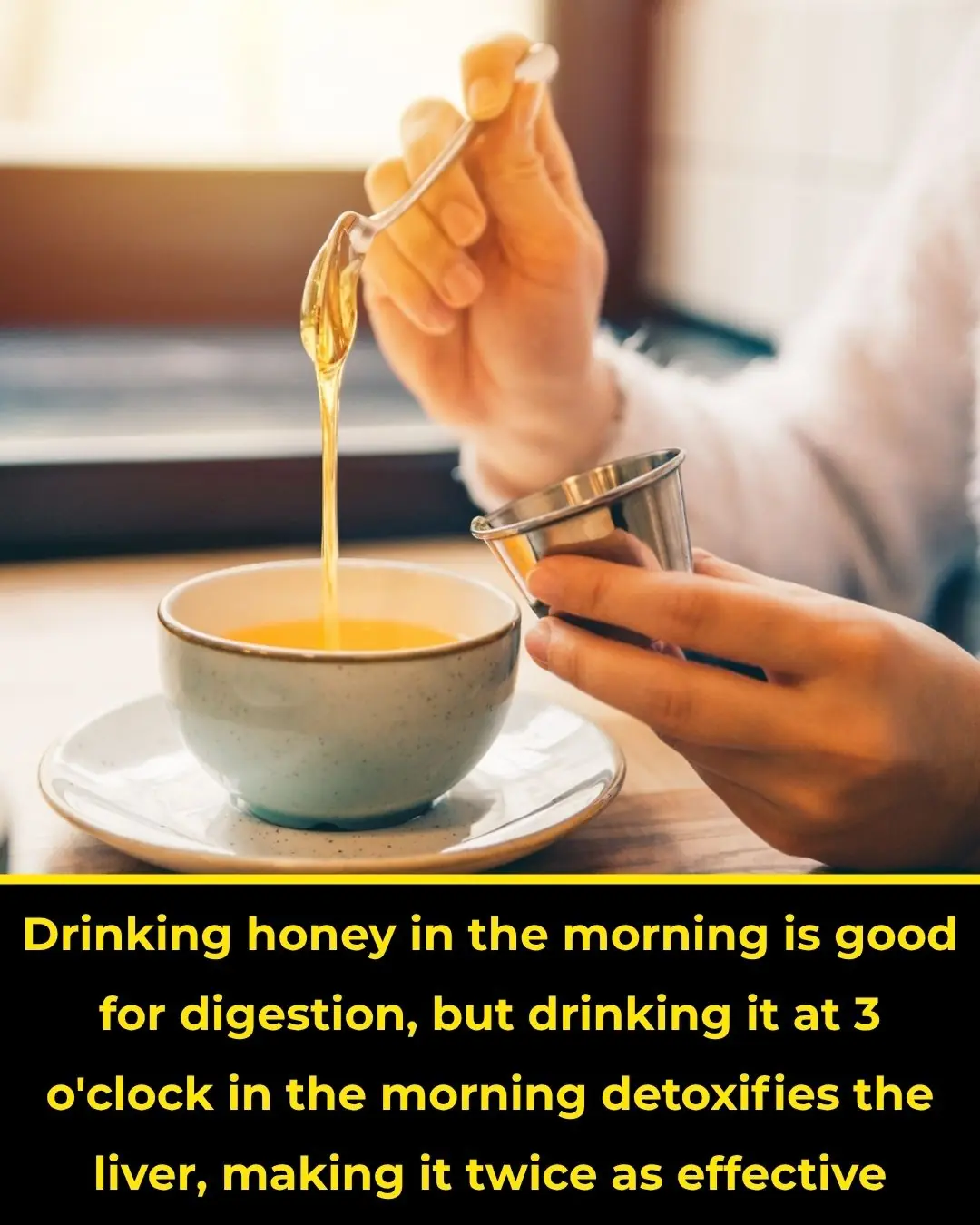
Drinking honey in the morning is good for digestion, but drinking it at 3 o'clock in the morning detoxifies the liver, making it twice as effective
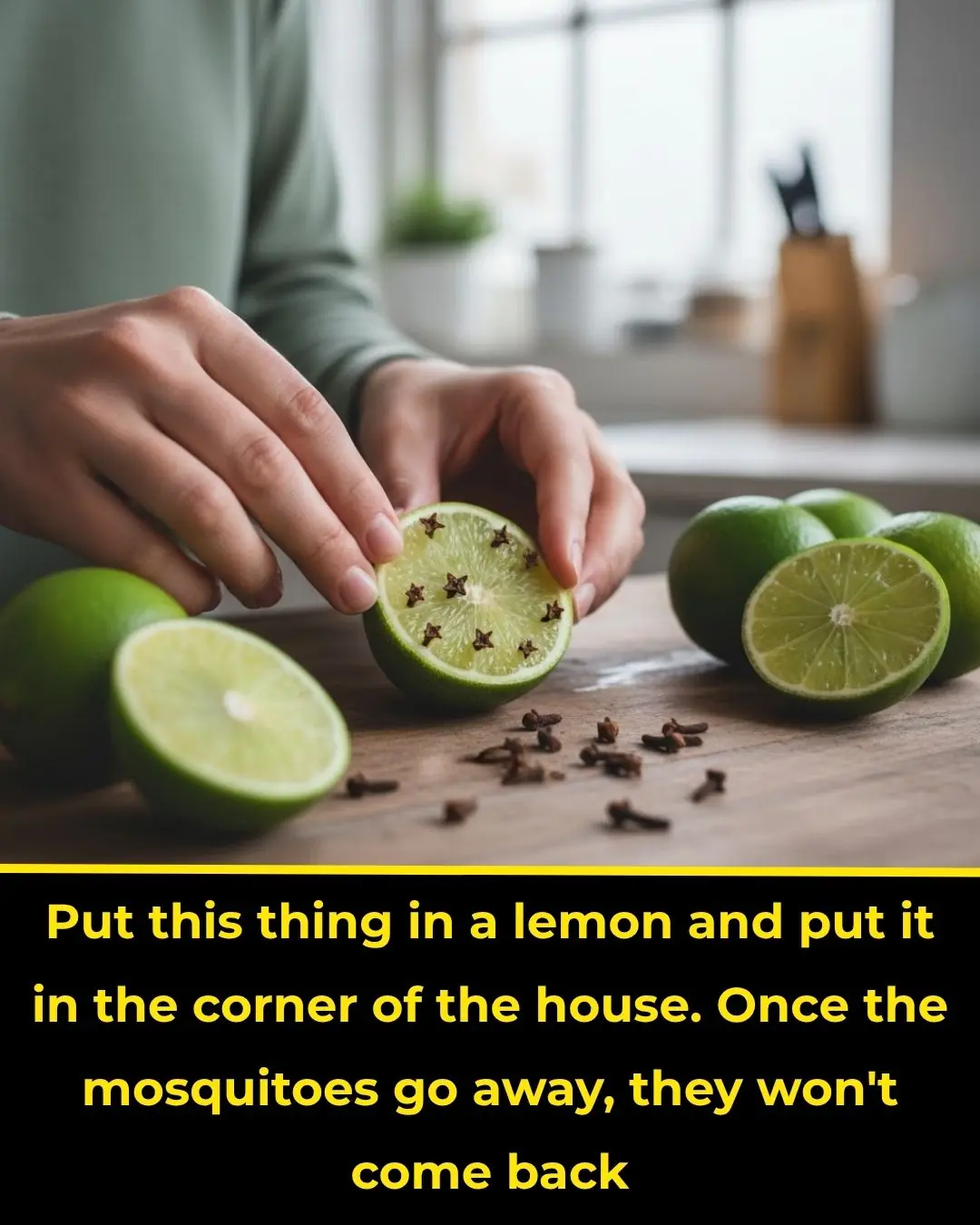
Put this thing in a lemon and put it in the corner of the house. Once the mosquitoes go away, they won't come back
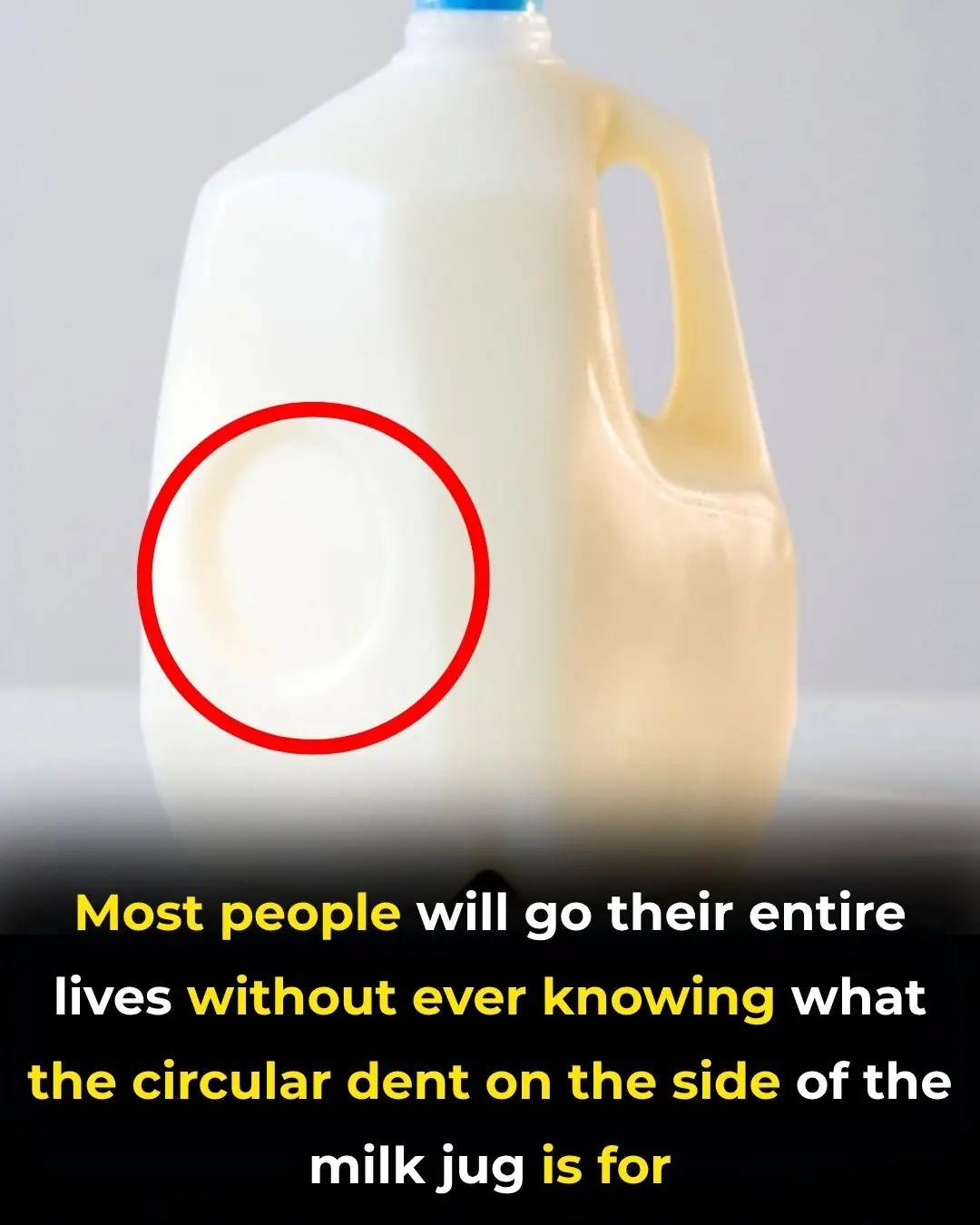
The Mystery of the Milk Bottle Dent

Easy Trick Will Defrost Your Car Window in Seconds
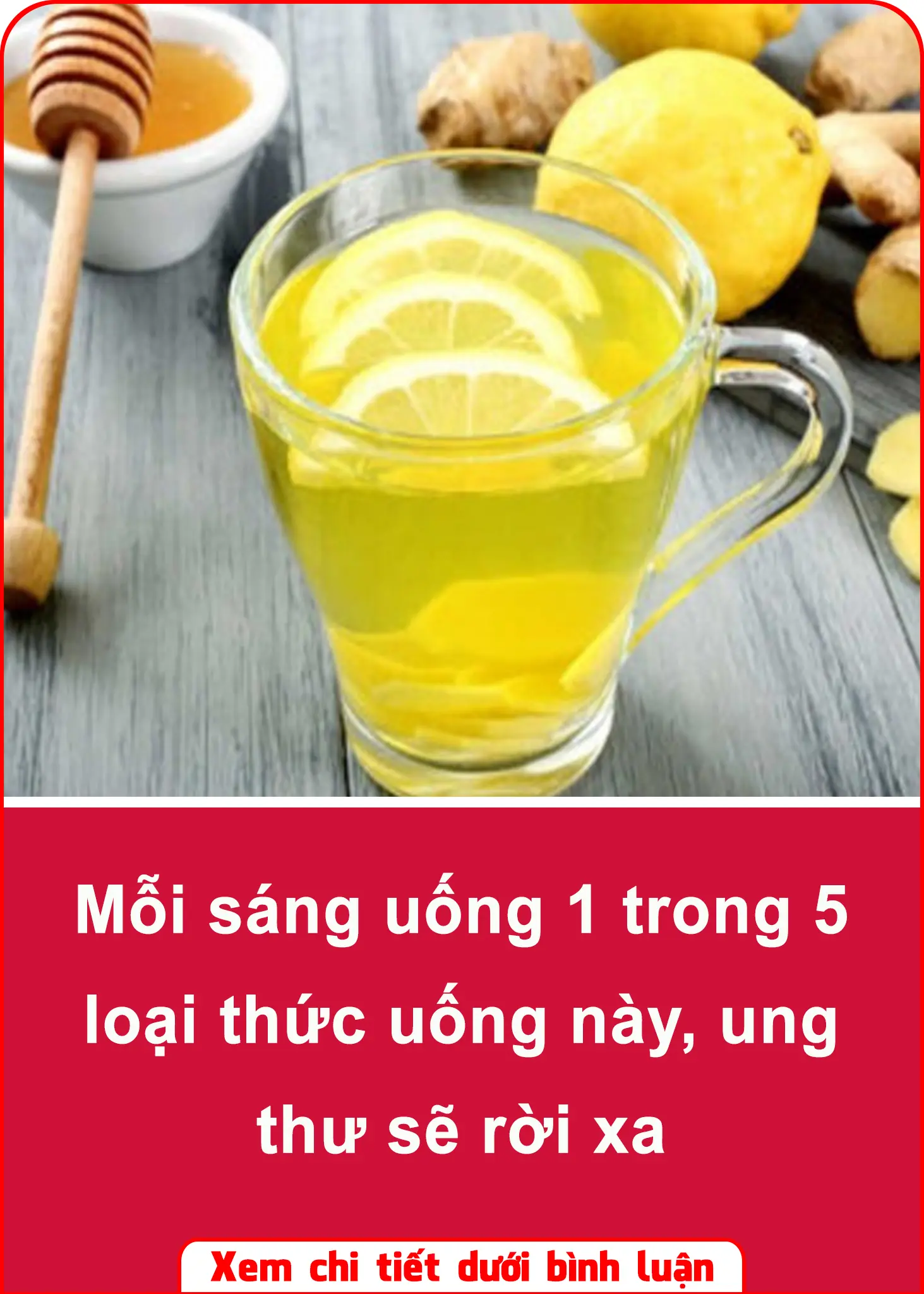
Drink 1 of these 5 drinks every morning and cancer will stay away 👇👇
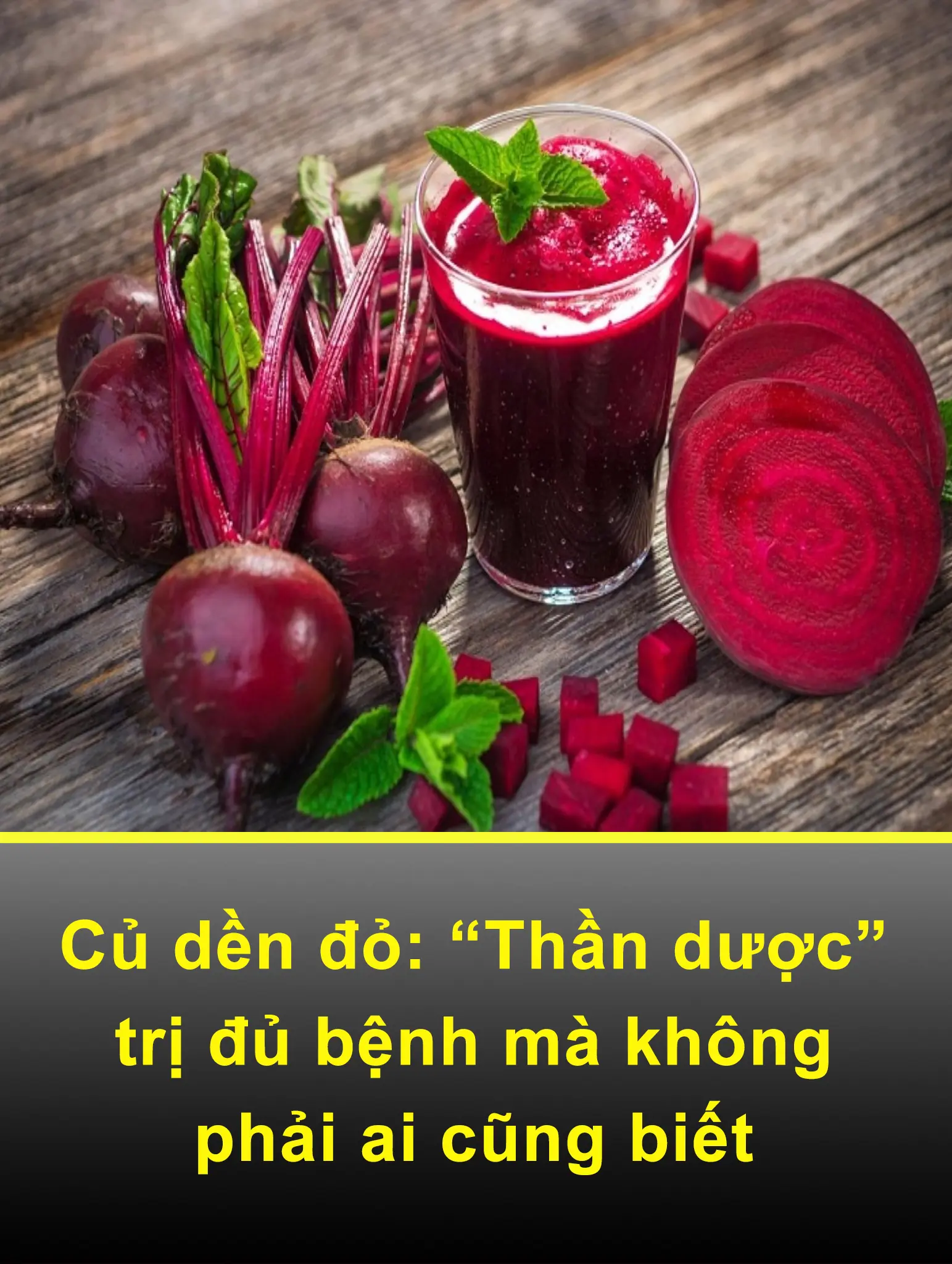
Red beetroot: "Miracle drug" that cures many diseases but not everyone knows 👇👇
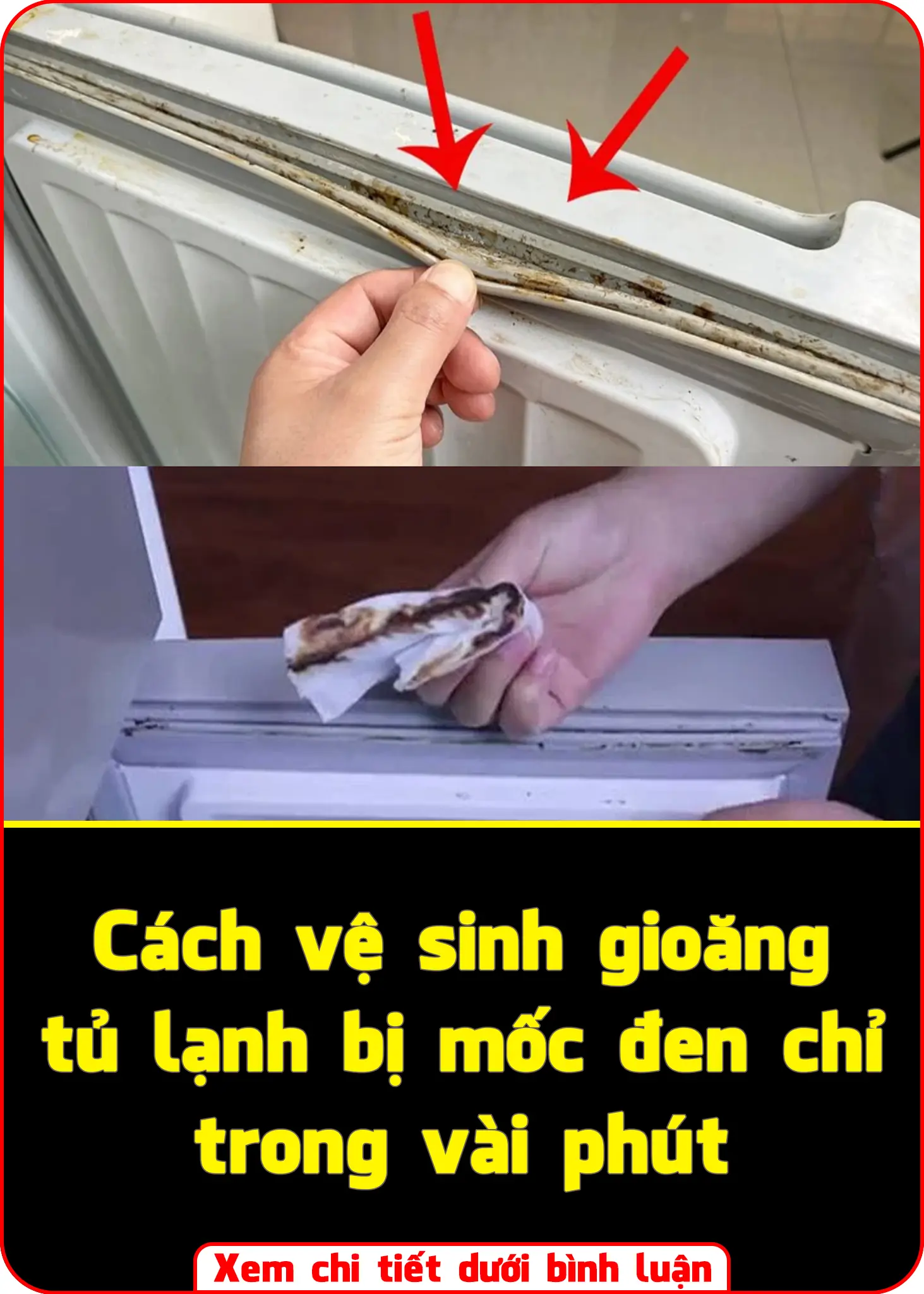
The refrigerator gasket is moldy, use this to clean it, it will be clean in just 5 minutes
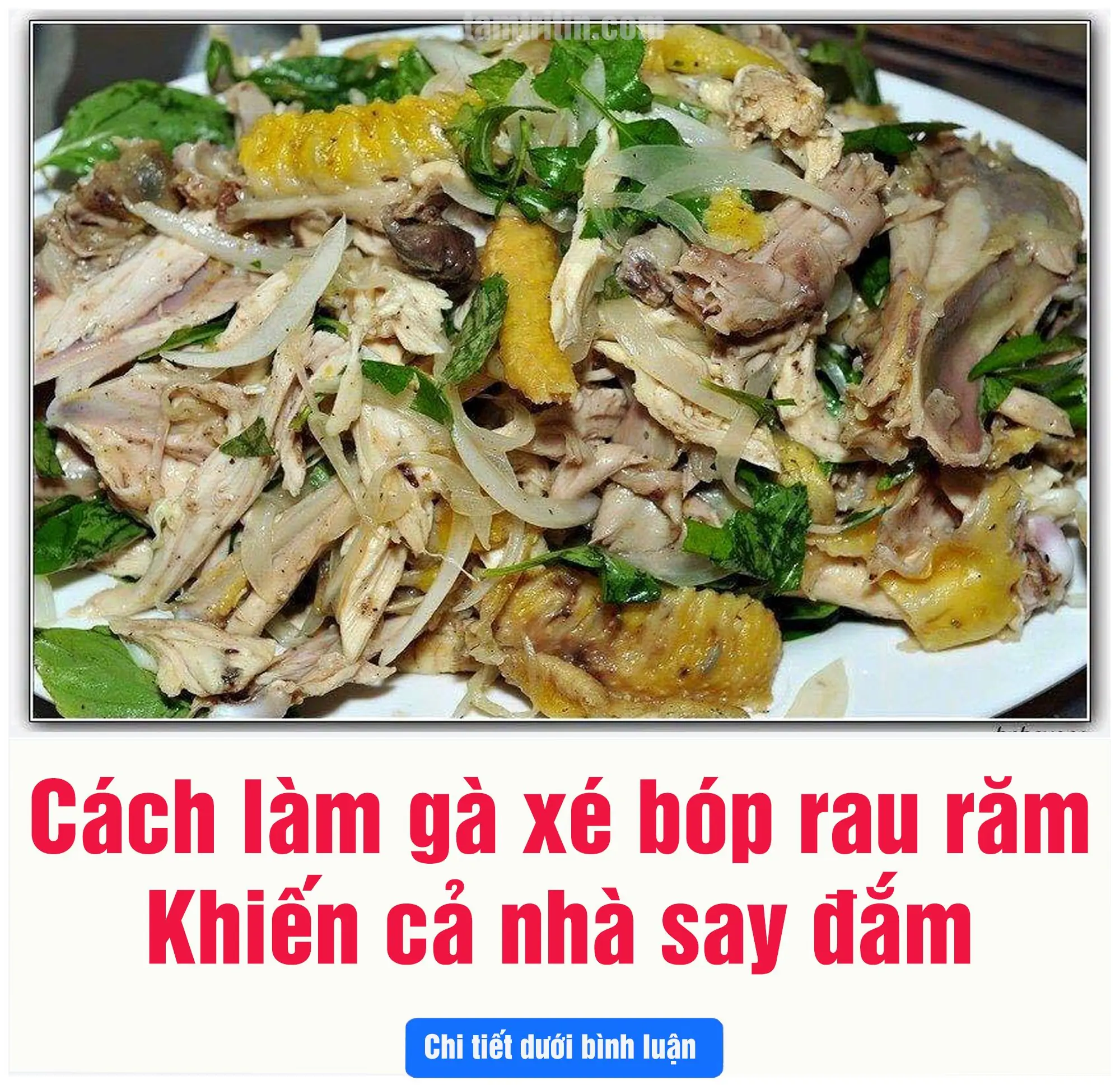
How to make chicken mixed with Vietnamese coriander that the whole family will love
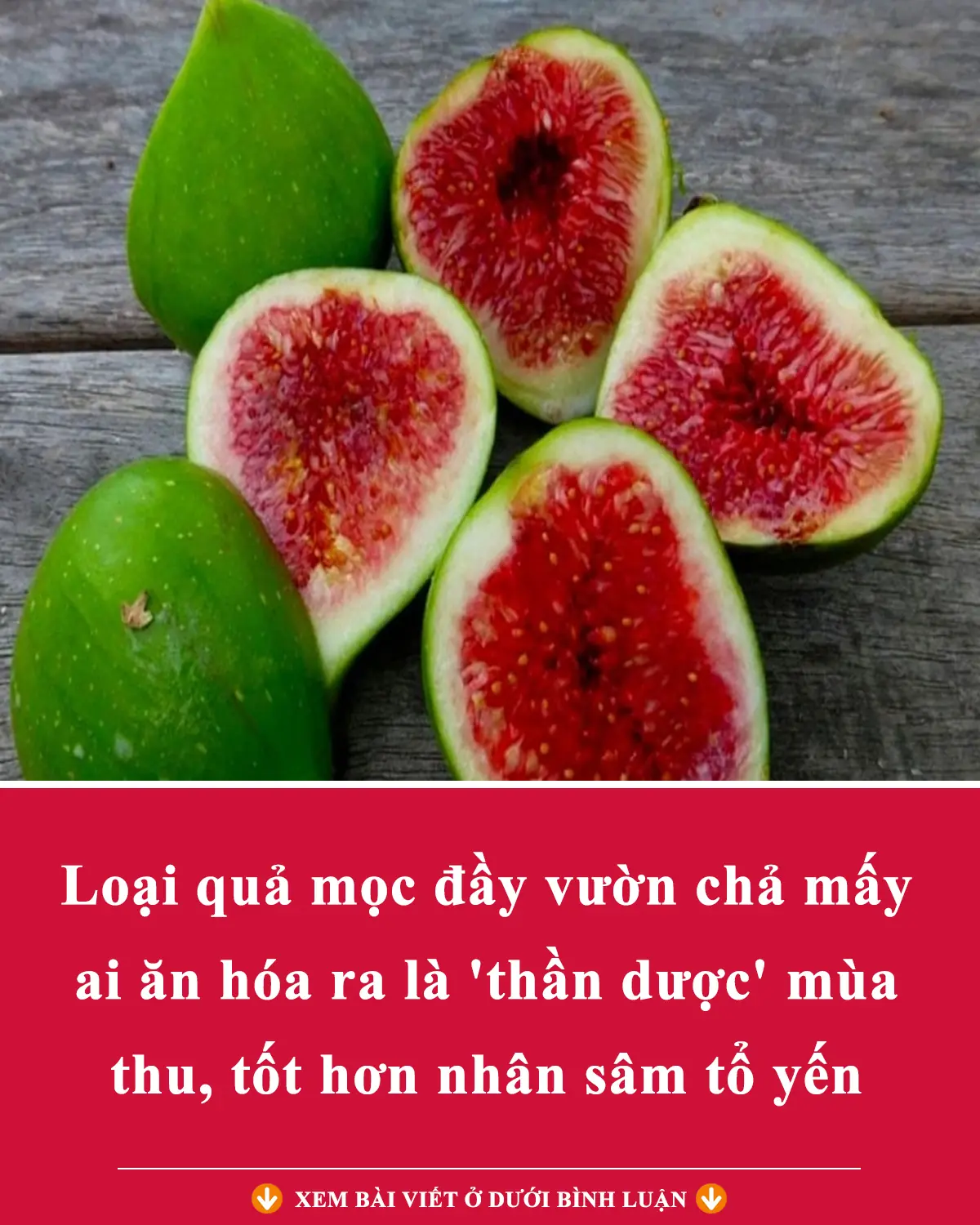
The fruit that grows in gardens and is rarely eaten turns out to be an autumn 'miracle drug', better than ginseng and bird's nest.
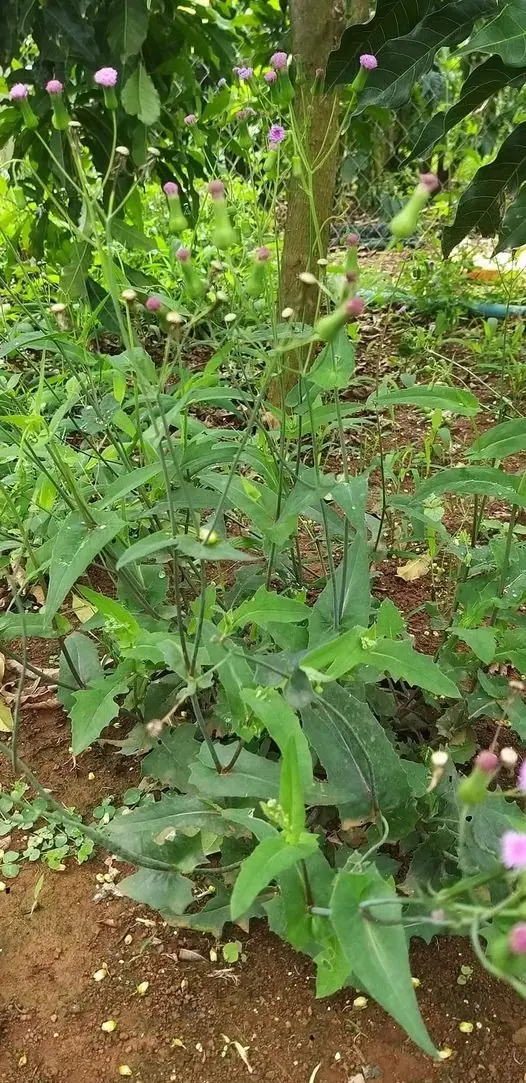
It's been a long time since I've seen this plant. It has good effects but is hard to find.
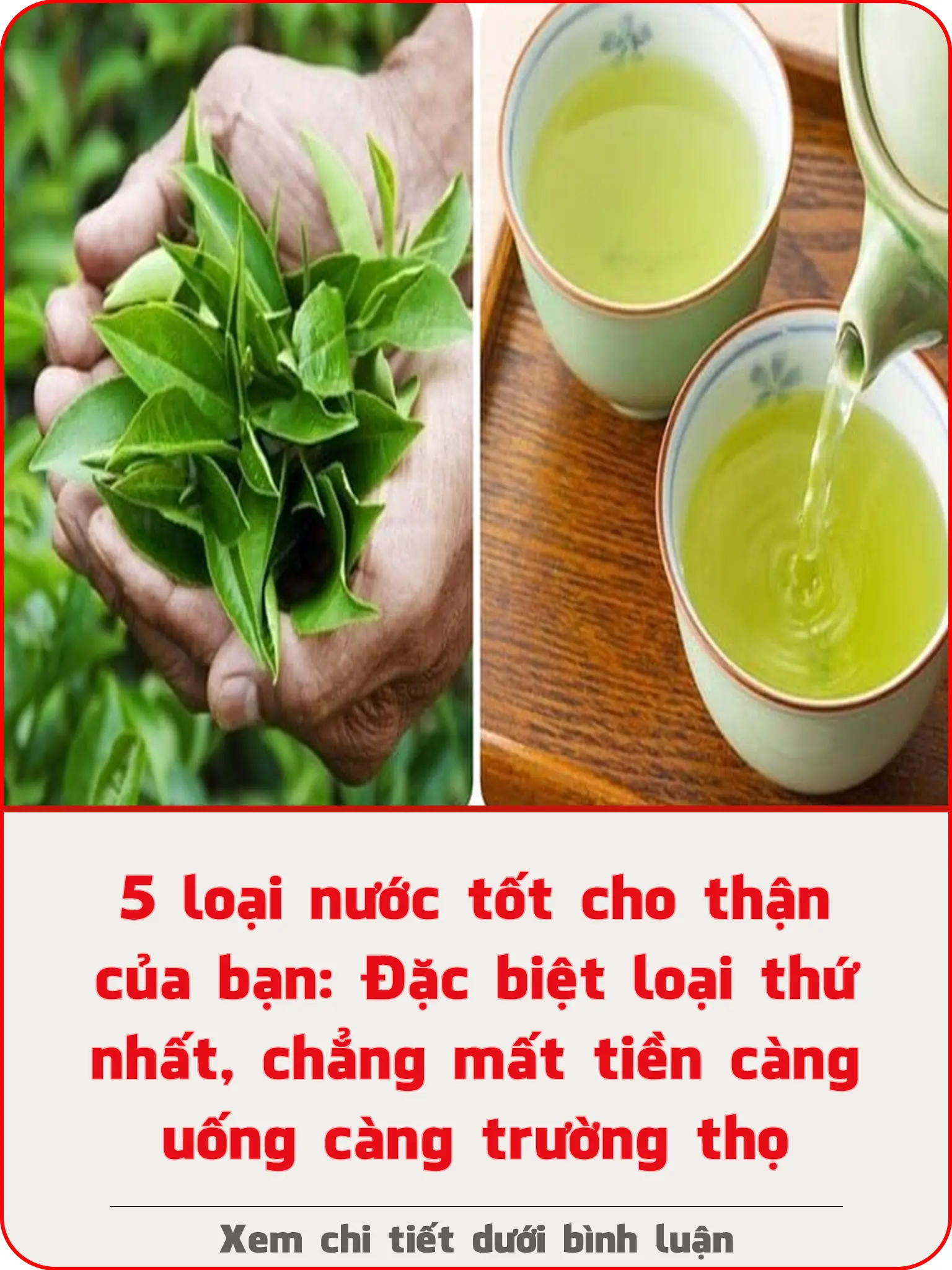
5 types of water good for your kidneys: Especially the first type, it's free and the more you drink it, the longer you live.

How to wash hair with betel leaf water helps reduce hair loss and makes new hair grow continuously
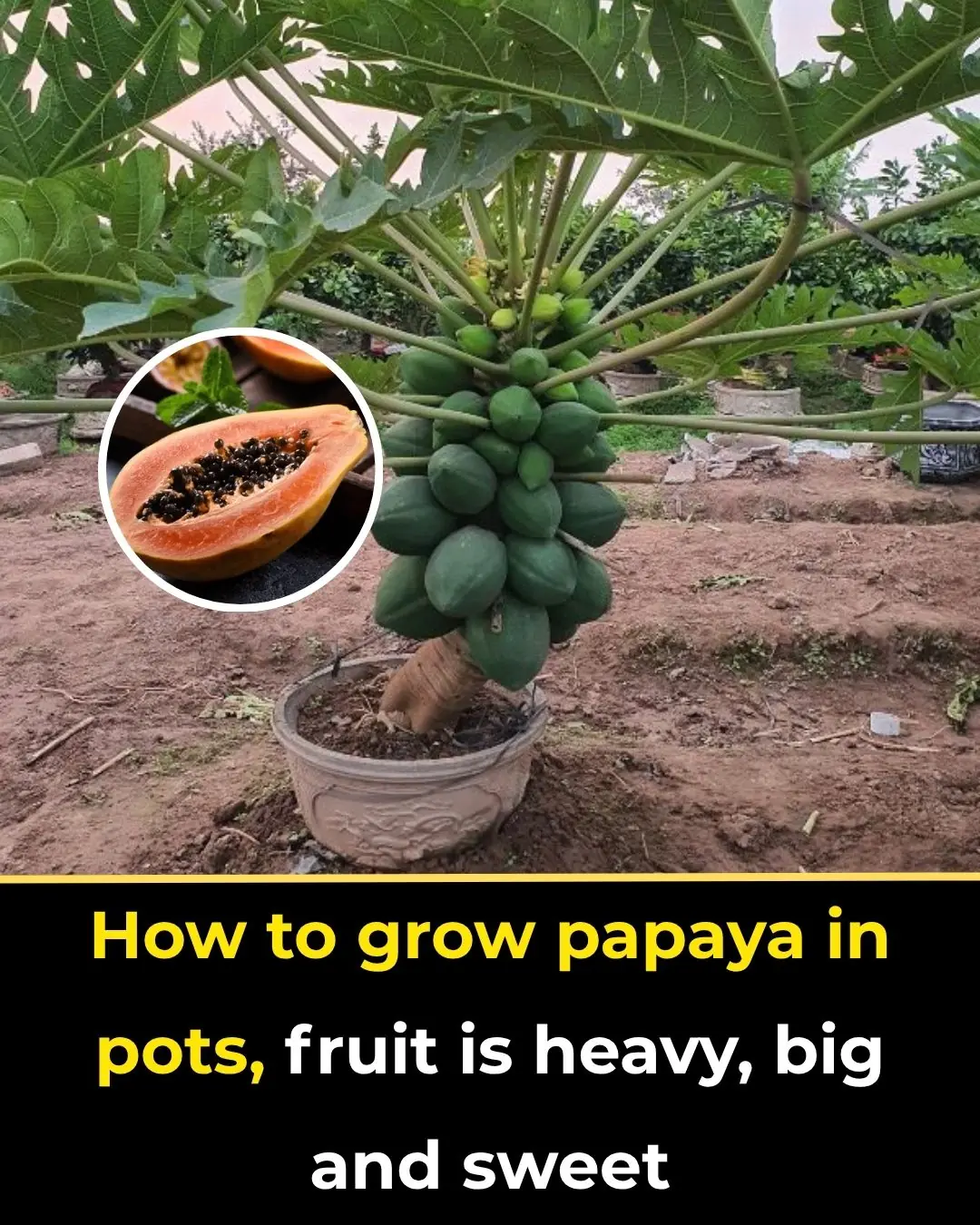
How to grow papaya in pots, fruit is heavy, big and sweet
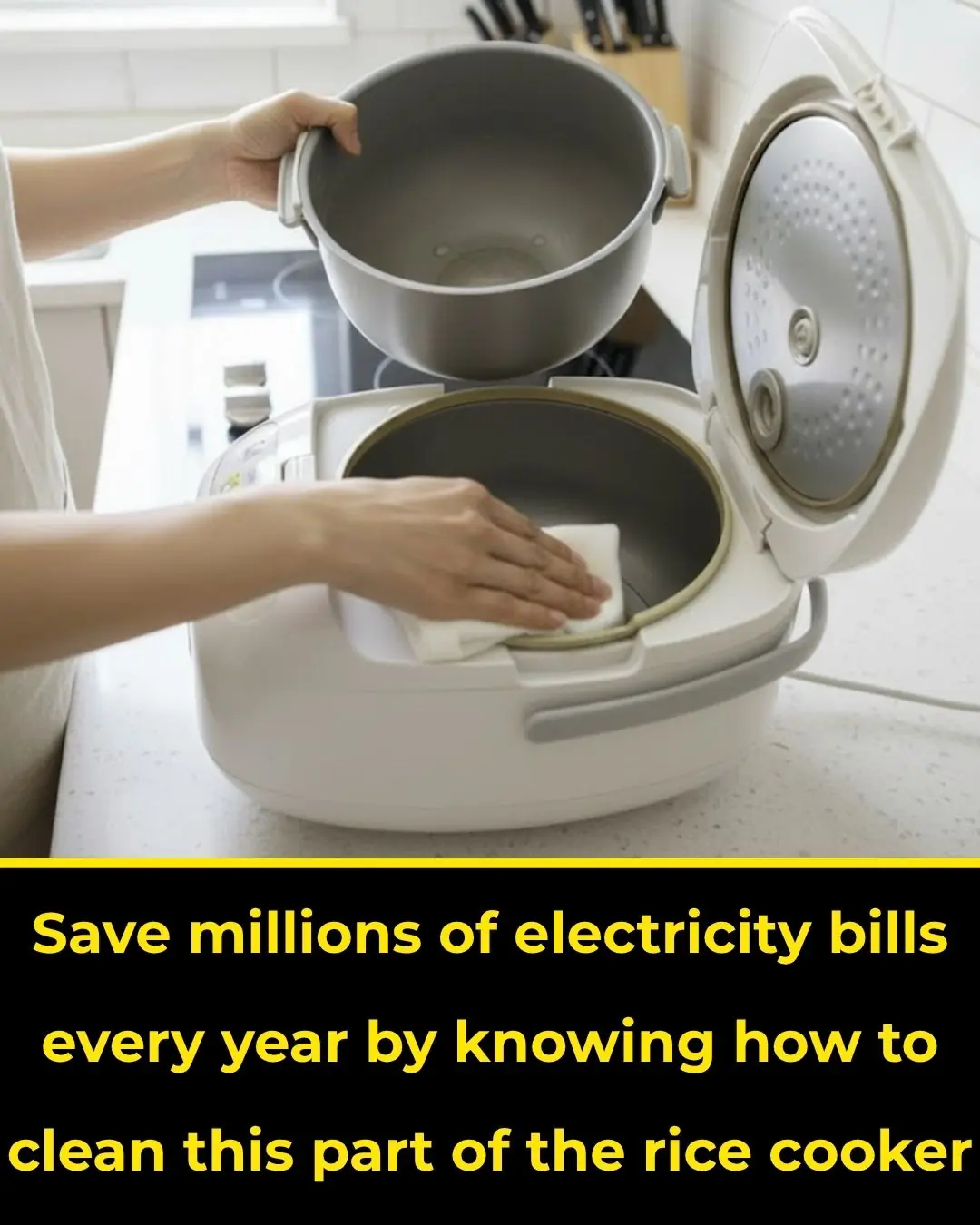
Save millions of electricity bills every year by knowing how to clean this part of the rice cooker
News Post

Growing Wildflowers: A Mother’s Journey Through the Chaos

The Baby in Princess Diana’s Arms

A Lifetime in Bloom: Lois Shows Us What Passion Truly Grows

Farewell to a Giant Soul: Vatsala the Elephant Passes at 100

Keeping the Monsters Away: The Quiet Heroism of Foster Parents

From Sidewalk to Forever: A Daughter’s Choice That Changed Everything
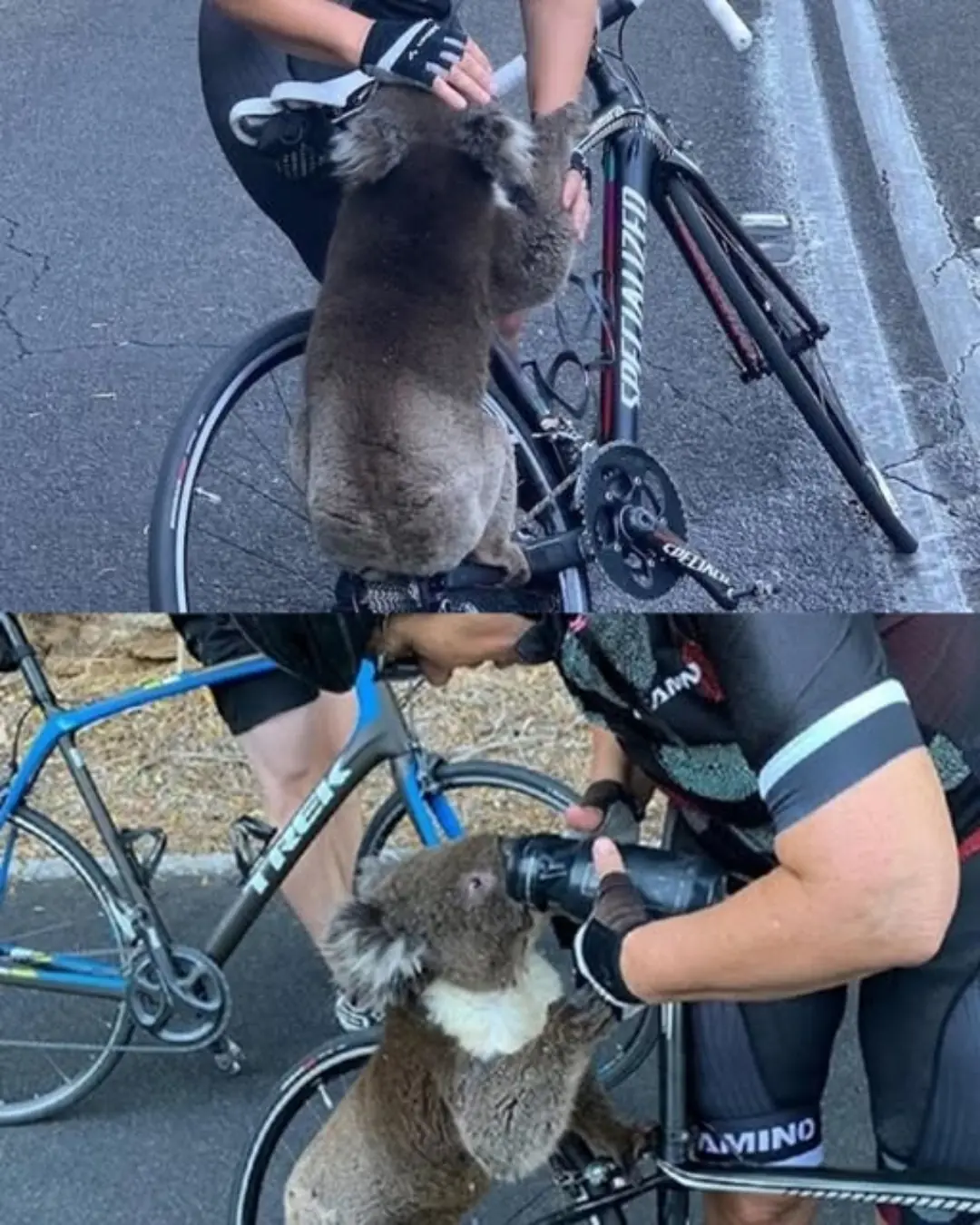
A Thirst for Life: Cyclists Halt Ride to Save Parched Koala in Australia’s Heatwave

An Actor’s Greatest Role: Morgan Freeman Becomes a Guardian of Strays
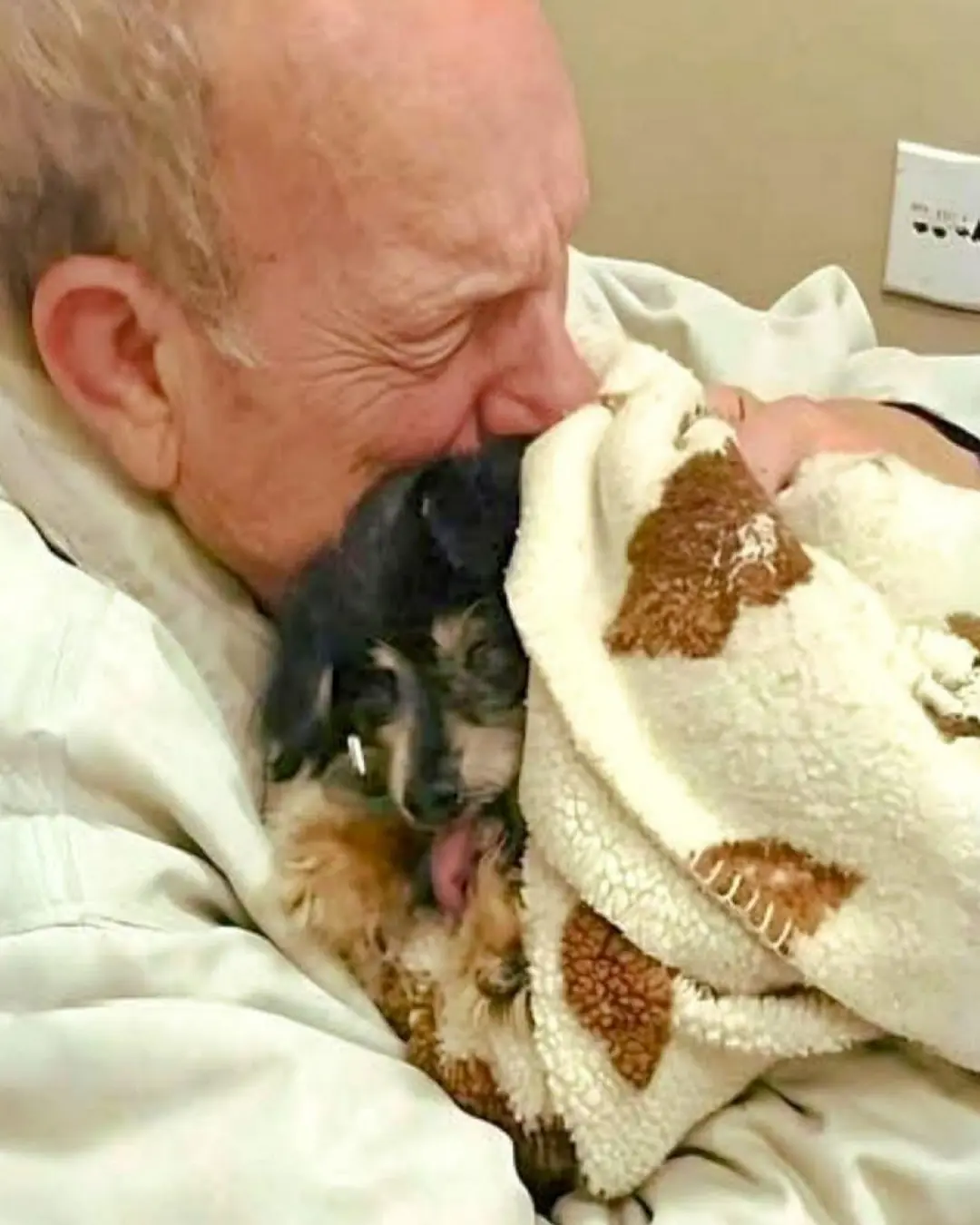
When a Celebration Became a Goodbye: A Daughter’s Farewell to Her Faithful Companion

Bella the Hero: How a Pit Bull’s Loyalty Saved a Life

No Matter How Dirty You Are, Absolutely AVOID These 7 “Dangerous Hours” When Washing Your Hair to Prevent Stroke, Sudden Illness, or Hospitalization Without Warning

A Kiss from Joy: The Language of Love Between Elephants and Humans

What Do Vertical Nail Ridges Mean After 40

A Brave Fight for Life: Kuba’s Battle Against Ewing’s Sarcoma
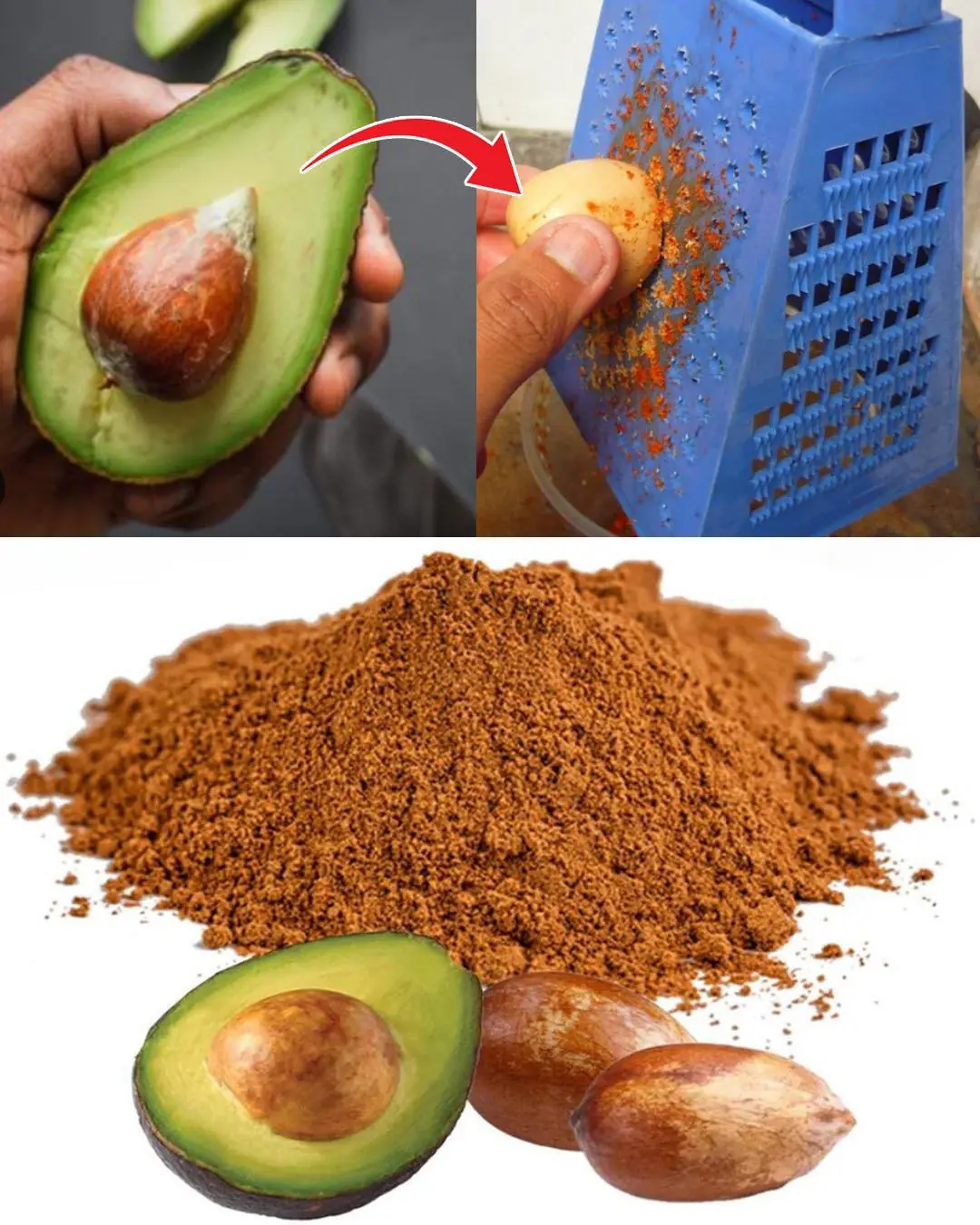
Avocado Seeds Benefits: 7 Reasons to use them

9 Signs You’re Actually Going Through Menopause (Even If You Didn’t Realize It)
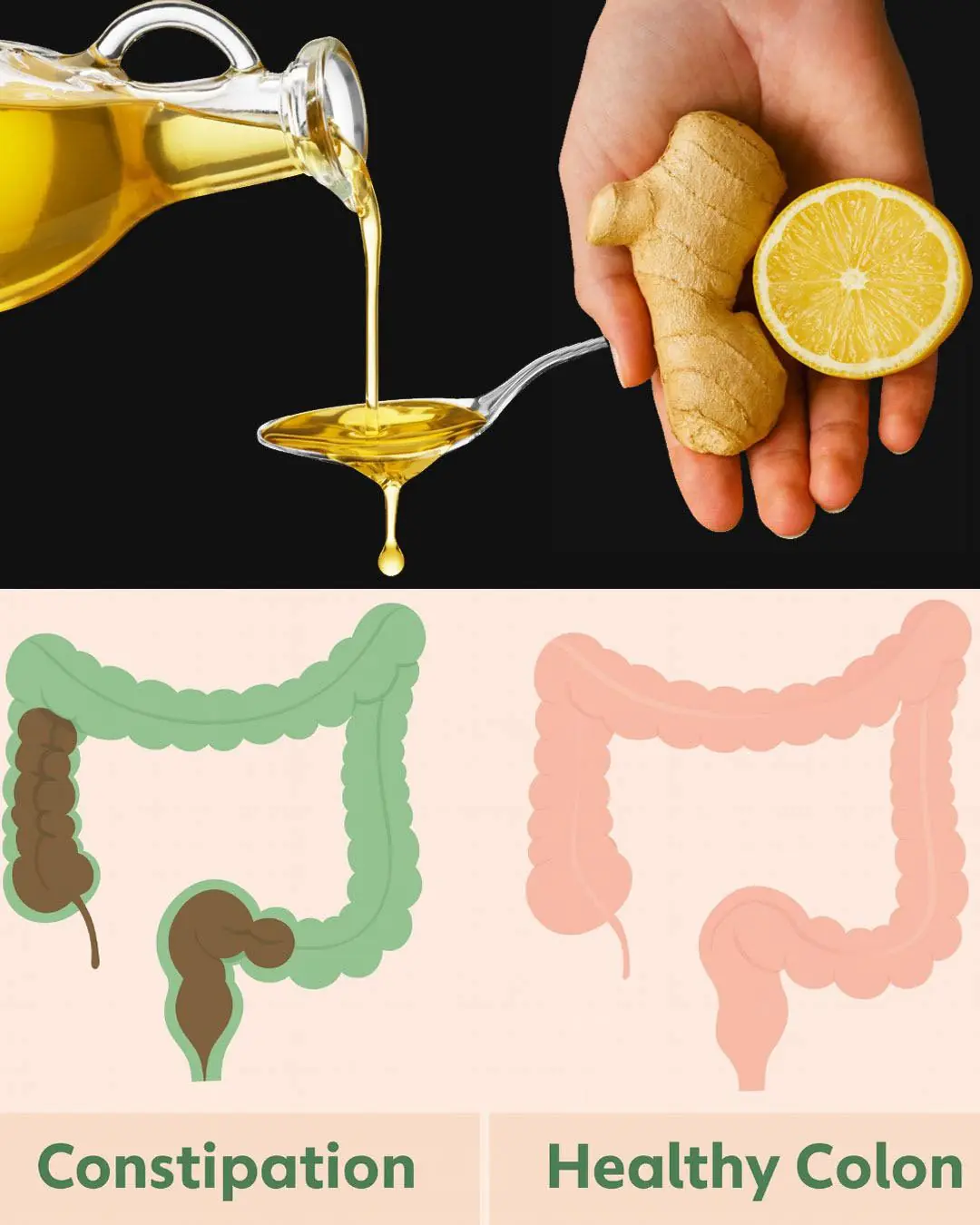
Morning Detox Elixir: Olive Oil, Lemon & Ginger – The Natural Cleanse You Need Daily

Nine Children in Dawsonville Get the Gift of a Bed, Comfort, and Peaceful Sleep
